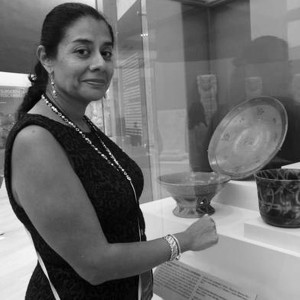The monument commonly known as Cabeza de El Rey (“Head of the King”) is a unique and special sculpture, not only for the site but for the whole region. The site of El Rey (“The King”) is itself named after this sculpture.
Blibliography
Arnold, Channing y Frederick J. Tabor Frost, 1909, The American Egypt: A Record of Travel in Yucatan, México, Londres, Hutchinson and Companynforme de los trabajos de mantenimiento mayor realizados en el sitio de El Rey, Quintana Roo, Archivo Técnico del CINAH Quintana Roo, INAH, México.In an Unknown Land . Nueva York, Charles Scribner’s Sons.Archaeological Studies among the Ancient Cities of Mexico . Chicago, Field Columbian Museum, Anthropological Series, Vol. 1, núm. 1.Here and there in Yucatan, Nueva York, John W. Lovell Company.Tulum: An Archaeological Study of the East Coast of Yucatan, Washington D.C, Carnegie Institution of Washington, Publication 335.Arqueología de Can Cun, la relación arquitectura-cerámica, Tesis de licenciatura, México, Escuela Nacional de Antropología e Historia.Informe de exploraciones arqueológicas en el sector sur de la zona arqueológica de El Rey, Quintana Roo , México, Archivo técnico del CINAH Quintana Roo, INAH.Guía. Tulum, El Meco, El Rey, Xcaret, San Gervasio, Xelhá, Muyil, Cobá, Quintana Roo , México, serie Zonas Arqueológicas, Arqueología Mexicana, INAH, México.







